
Successfully making homemade vegetable pickles
What ingredients and methods? All our tips!
Contents
Tangy and colourful, vegetable pickles add vibrancy to our appetiser tables: beyond their flavourful appeal, these carrots, radishes, and other turnips marinated in vinegar help combat waste by extending the shelf life of food, all while indulging our taste buds. Of course, to enjoy quality pickles, it’s essential to choose the right ingredients, understand their origin (ideally, organic fruits and vegetables from the garden), and know the recipe… A few explanations are in order!
A brief historical overview: where do vegetable pickles come from?
Pickled carrots have just made their way into your gatherings with friends, and you’re convinced it’s a brand new trend? The practice of preserving vegetables this way is, however, very old…
India, the birthplace of the first vegetable pickles
It is in India that vegetable pickles were first cooked, in an extremely spicy version. Known as “achards,” they have been used for decades to enhance the flavours of typical dishes from the country, always based on curry.
In practical terms, Indians discovered that it was possible to preserve fruits and vegetables for longer using vinegar. Subsequently, they inserted other spices like cumin to make the pickles even spicier!
The recipe quickly reached the hands of the English, who slightly adapted it to suit European palates. This is how pickles as we consume them today were born: made from carrots, tomatoes, onions, and all types of vegetables, they add a crunchy note to dishes and play with textures.
Pickles, even in Michelin-starred recipes
Carrot or broccoli pickles can add a bite to a sandwich without necessarily using the legendary gherkins, aiming to diversify one’s diet. They have quickly established themselves on appetizer tables, particularly because they are compatible with most dietary regimes (vegetarian, vegan, etc.).
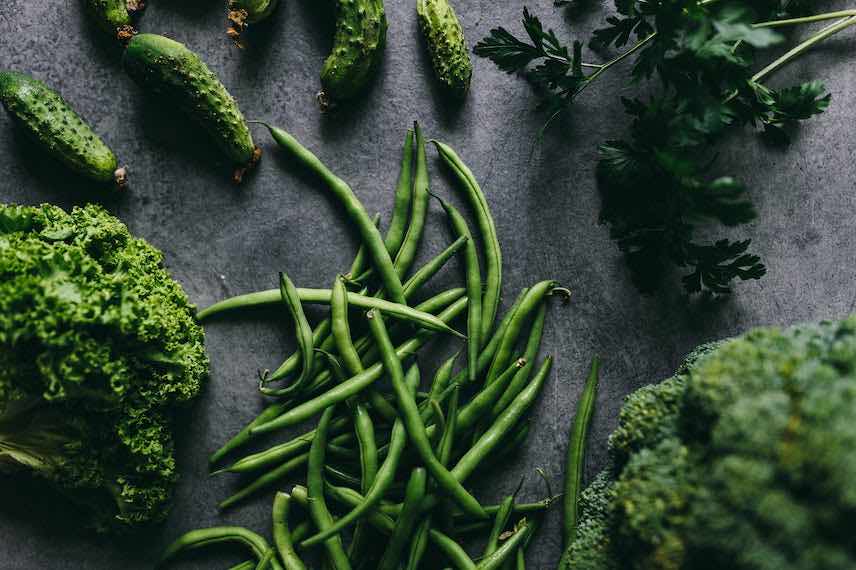
But don’t think that pickles are merely a way for the working classes to incorporate more vegetables and vitamins into their daily rations. Contrary to expectations, these crunchy vegetables have been used in numerous recipes created by Michelin-starred chefs. Many enjoy playing with textures and colours – it’s clear why pickles hold a special place in gastronomy!
The recipe to make homemade pickles
What ingredients should you use to successfully make your carrot pickles? What techniques should you employ? How can you flavour them? The recipe is accessible to everyone, and since it keeps for a long time, you can prepare it in large quantities to avoid having to make it every day.
Choosing your ingredients: vegetables, water, salt, vinegar
Ideally, select high-quality vegetables, organic if possible, preferably from your garden for homemade pickles. This will allow you to enjoy all the flavours of a good product that you have cultivated, without consuming undesirable and potentially harmful chemicals.
For the salt, only use coarse salt without additives to avoid any unpleasant taste later on. Once again, favour artisanal products for a better recipe. White vinegar is sufficient, but you can replace it with cider vinegar, rice vinegar, or even balsamic vinegar if you prefer. Feel free to try several types to find the one you like best. Finally, you can use tap water if it doesn’t contain too much chlorine. If it does, boil it and let it cool in a closed jug before resorting to mineral water and adding unnecessary waste!
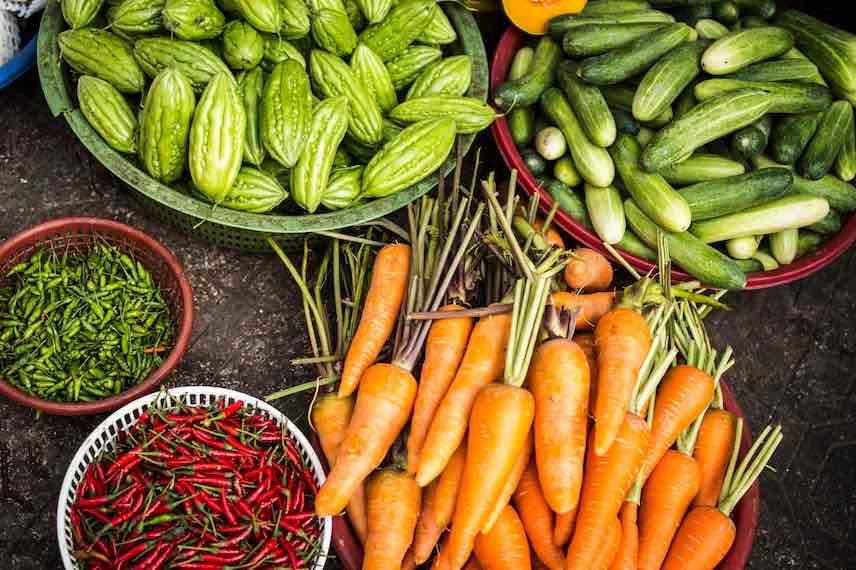
A simple and quick recipe for homemade pickles
To make your own homemade vegetable pickles, pour 300 mL of water, 200 mL of vinegar, 2 tablespoons of coarse salt, and 100 grams of sugar into a saucepan, then bring to a boil. Meanwhile, slice your vegetables into rounds or quarters, depending on your desired shape.
Place all the vegetables in the jar, and cover them with the boiling marinade. Seal the jar tightly and let it ferment at room temperature. This method allows the vegetables to keep for about three weeks. If you want to enjoy your pickles for even longer, consider lacto-fermentation.
Preserving your pickles for 1 year with lactofermentation
If you follow the recipe for lacto-fermentation and seal your jars tightly, you can keep your vegetable pickles for a year. To do this, you must use jars fitted with a rubber seal suitable for preservation. As with the basic recipe, boil the same marinade and cut the vegetables. However, once the jars are filled, seal them and let them ferment for 5 days at room temperature.
You will notice the mixture taking on a slightly cloudy appearance, indicating that lacto-fermentation is occurring. After about fifteen days, a second fermentation takes place, and the preparation returns to its normal appearance. Let it macerate for about 5 to 6 weeks before the pickles are ready. You can then store them for a year. However, once the jar has been opened, place it in the refrigerator and finish it within a few days.
Discover other Vegetables by variety
View all →Available in 1 sizes
Available in 1 sizes
Available in 1 sizes
Available in 1 sizes
Available in 1 sizes
Available in 1 sizes
Available in 1 sizes
Available in 1 sizes
Available in 1 sizes
An eco-friendly, economical, and practical recipe all in one
At a time when finding new ideas to get the whole family to eat more vegetables can be challenging, it’s not uncommon to run out of inspiration. Pickles are a particularly interesting alternative for boosting vitamin intake and diversifying your diet.
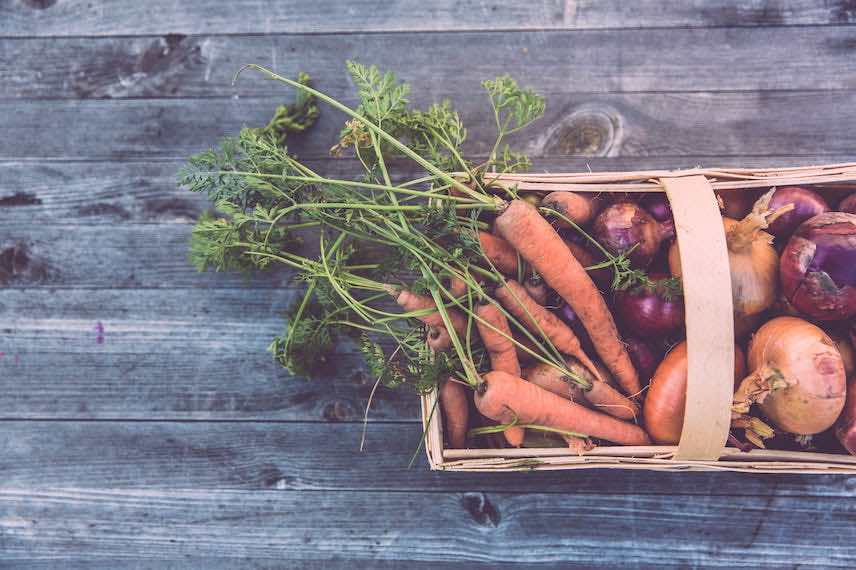
Moreover, this is a recipe that anyone can make, really simple to prepare, using reusable containers that last indefinitely (glass jars). You reduce waste by avoiding store-bought canned goods, save money, and have the assurance of controlling all the ingredients! These are all great reasons to indulge in the crunch of pickles without further delay…
- Subscribe!
- Contents
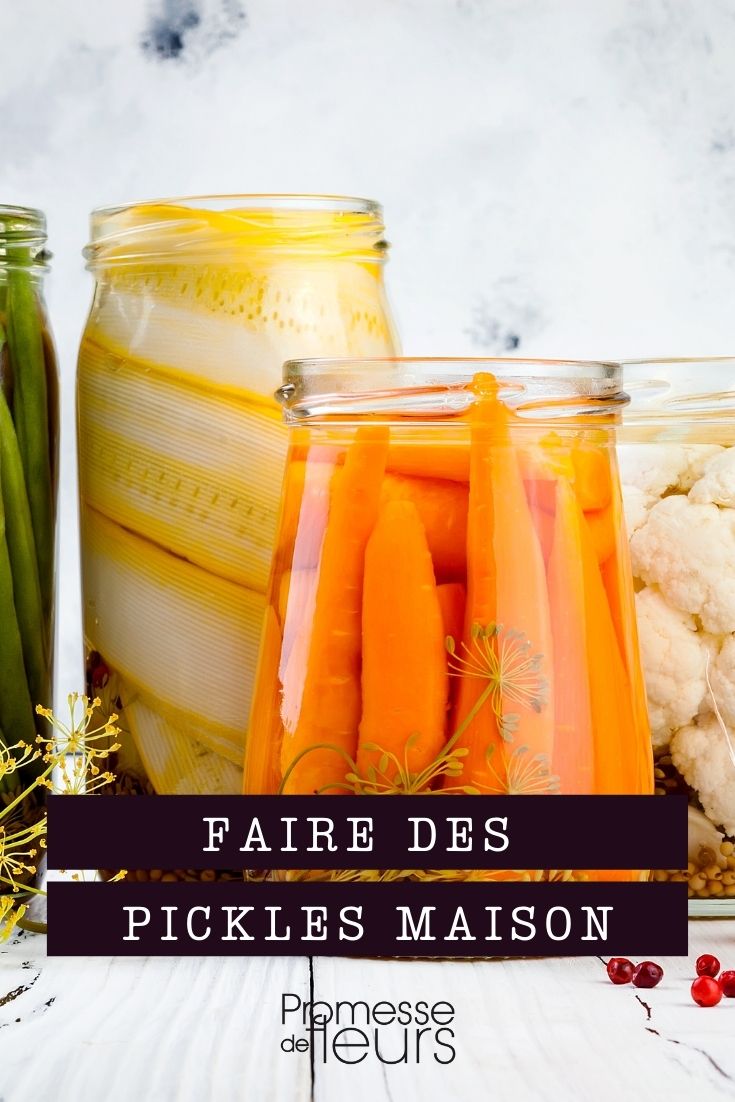































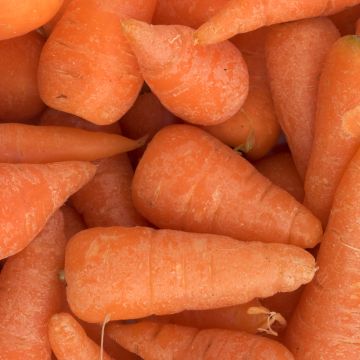
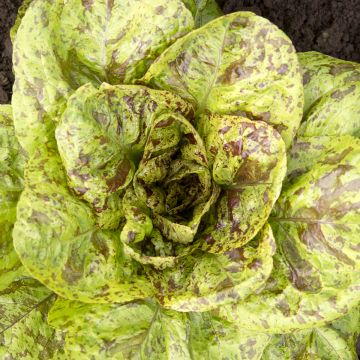
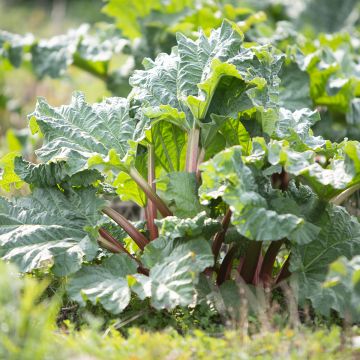
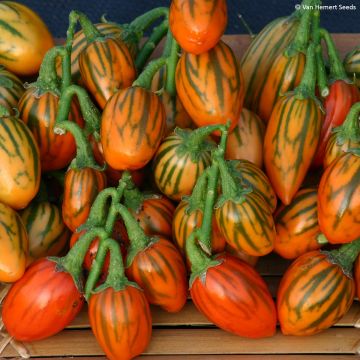
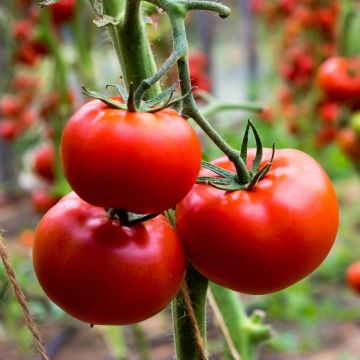
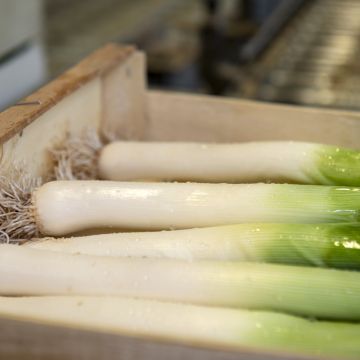
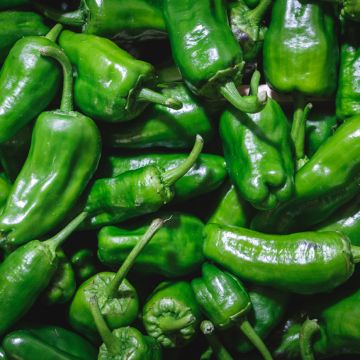
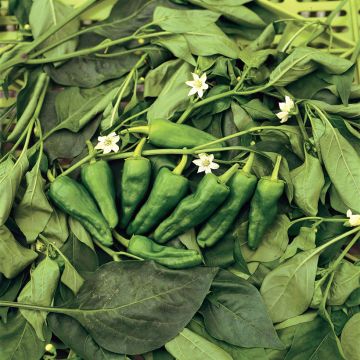
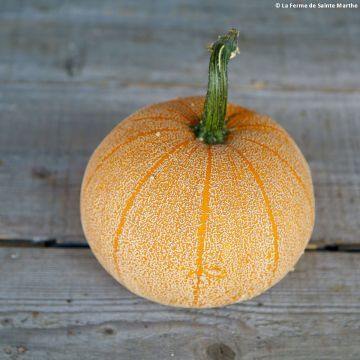
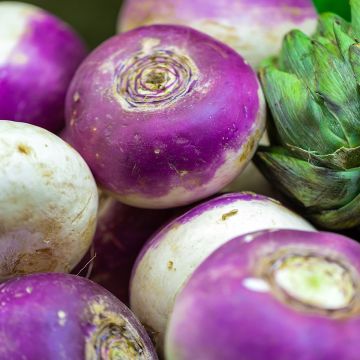
Comments